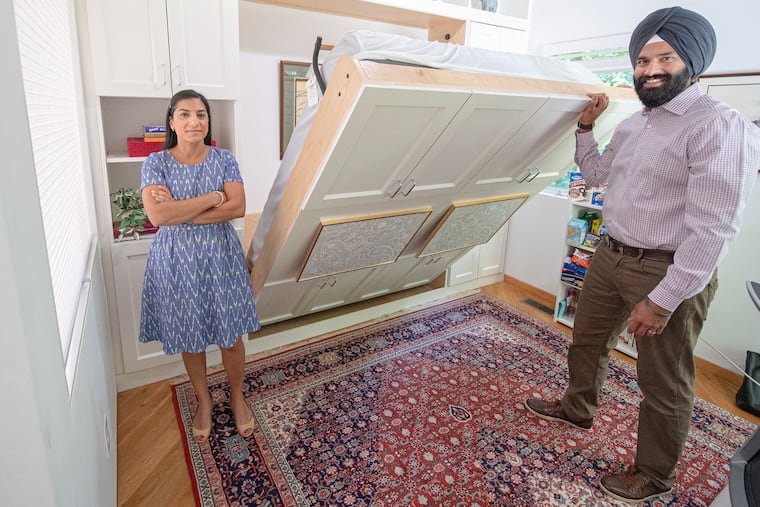A classic, century-old piece of furniture makes a comeback as homeowners seek space-saving options
Queries for Murphy beds shot up on the website Houzz during the pandemic. One Philly-area retailer said sales climbed 50% in each of the last two years.
